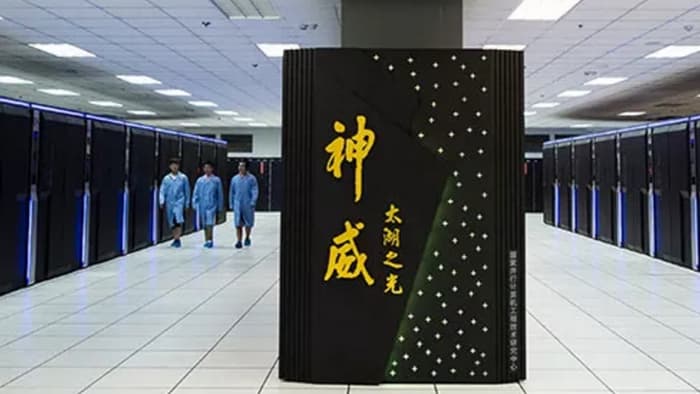Chinese tech producers set to stun
The Chinese are coming. They’re innovating, building world class goods that will compete well with Western equivalents. So why doesn’t anyone see this coming?
Seriously, it’s hard to argue the Chinese haven’t made a cottage industry out of ripping off iconic products. Sometimes it’s as blatant as Swiss watch look-alikes while other times it is just familiar. The public and online markets of Beijing are littered with tech goods that look a lot like something that might have been designed by Apple in California. That’s why it’s more than ironic Cupertino got its hand slapped for ripping off the design for its top-selling iPhone 6 from a Chinese company nobody has ever heard of. And while we can quibble about all the possible ways to design a unibody aluminum smart phone, the facts are stubborn things. The iPhone 6 does look a lot like it was designed by an obscure company in China.
In a vacuum this might not be a big deal. However, it’s not a vacuum. In July, China’s Sunway TaihuLight officially became the world’s fastest super computer. Boasting a theoretical top performance 125 petaflops and 10,649,600 cores, it’s a monster without rival. In fact, it’s two times faster than the next best, also made in China, and five times faster than the best US computer. This is all the more amazing because it runs Chinese-made chips and 15 years ago there wasn’t a single Chinese super computer in the top 500. Zero, zilch.

There have been developments in aerospace too. China Daily recently reported Commercial Aircraft Cooperation of China got orders for 517 large passenger jets from a combination of 21 foreign and domestic customers. Although initial flight testing may stretch into next year, they’ll compete directly with planes from Boeing (BA) and Airbus. And it’s not just that there’s suddenly a serious competitor with state sponsorship where most believed none existed. The real story is the amount of high-end tooling and manufacturing muscle required to pull off something of this size.
Building out that infrastructure means more state of the art robots, more efficiency. Although China is the world’s leading manufacturer, it lags far behind other industrial countries in terms of robotics deployment. In other words, if China is this good at making stuff without all of the high tech gizmos, just wait and see what they do when they get some.
It’s becoming clearer. The era of competition-free complacency is over. At the very least this is not baked into current stock market valuations because in theory the emergence of China as an exporter of high end goods puts a lid on revenue growth for most sectors. For example, Huawei Technologies, a leading Chinese maker of telco equipment like switches and radios, also has ambitions to be the largest maker of smart phones. While it’s tempting to dismiss thisas wishful, Huawei does make superb hardware as evidenced by its Nexus 6P collaboration with Google and its plan to get there is more than reasonable. Add a heaping helping of state sponsorship, aggressive research and development spending and, well, stranger things have happened.
The bottom line is we in the West like of think of the Chinese as copycats. We design the stuff, take all the risks and then they rip it off, skimming profits at our expense. That’s a convenient idea. Reality is a little different. They’re investing in and building some impressive stuff. They’re competitive and the risk is real because they’re aspirations are international. Holders of U.S. tech stocks need to beware.
##

About Jon Markman: A pioneer in the development of stock-rating systems and screening software, Jon Markman is co-inventor on two Microsoft patents and author of the bestselling books The New Day Trader Advantage, Swing Trading and Online Investing, as well as the annotated edition of Reminiscences of a Stock Operator. He was portfolio manager and senior investment strategist at a multi-strategy hedge fund from 2002 to 2005; managing editor and columnist at CNBC on MSN Money from 1997 to 2002; and an editor, investments columnist and investigative reporter at the Los Angeles Times from 1984 to 1997.
To get our regular email updates, simply fill in the form below:

